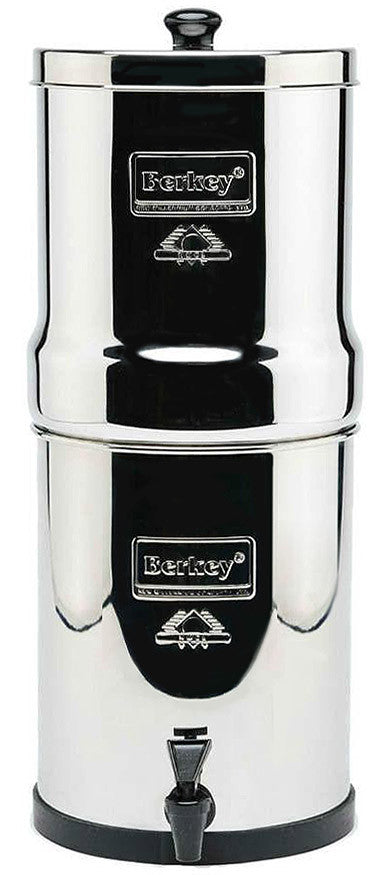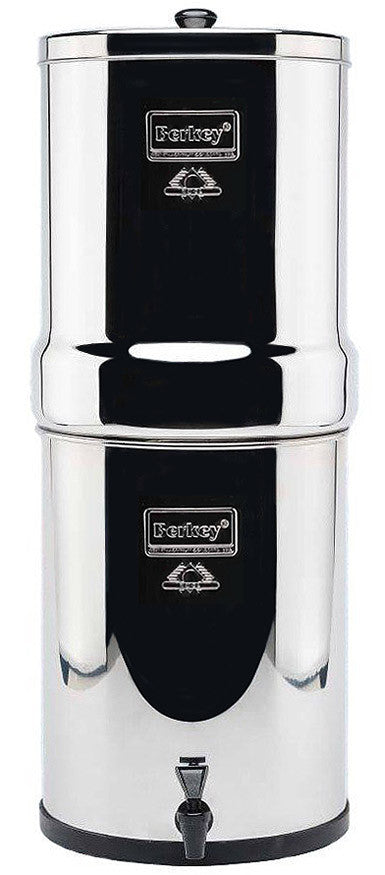
Water is surely one of the most fundamental resources people need to survive.
You need access to a dependable supply of safe drinking water to stay healthy and keep your body in good condition.
One approach to guarantee that you generally have clean water inside reach is through water purification.
According to the Koshland Science Museum, every individual on Earth needs 20 to 50 liters of safe water daily for drinking, cooking, and essential hygiene.
Having a clear glass of water to quench your thirst seems safe enough. Little did you know that it probably contains a high level of haloacetic acids and other harmful contaminants.
What Are Haloacetic Acids (HAAs)?
Haloacetic acids (halogenated acetic acids, HAAs, or HAA5) are chemical compounds that can build up because of water treatment when water acidity and temperature are marginally high, and treatment chemicals react with organic particles or bromide. They can happen during water treatment, including chlorination, chloramination, or ozonation. The EPA-regulated "HAA5" include:
- Monochloroacetic Acid (MCA)
- Trichloroacetic Acid (TCA)
- Dichloroacetic Acid (DCA)
- Monobromoacetic Acid (MBA)
- Dibromoacetic Acid (DBA)
Haloacetic Acids in Drinking Water
You realize that Haloacetic acids are a significant disinfection byproduct of chlorine water treatment.
The main thing to know is that local governments firmly monitor these disinfection byproducts to guarantee they keep safe levels. Drinking water for years at risky levels of Haloacetic acid is associated with causing cancer — henceforth, the concentration from water quality specialists and the EPA.
When levels of disinfection byproducts surpass the limit, the municipal authority standardizes the levels by decreasing the amount of chlorine in the water.
Symptoms of Haloacetic Acids in Drinking Water
- Higher risk of getting cancer
- Higher risk of birth defects
- Severe skin irritation
Haloacetic Acids Formation in Drinking Water

Isn't the objective of water treatment to keep contaminants out of our water?
Totally. Chlorine is essential to water treatment, eliminating harmful waterborne microbes and viruses.
Similarly, as chlorine is important for water health, irregular organic material, such as leaves or plants, can't be prevented from entering the water supply.
That implies that these disinfection byproducts will continue to be a factor that should be observed and secured against.
The EPA puts strict limits on anything viewed as remotely hazardous. The EPA limit for Haloacetic Acids is 0.060 mg/L.
How to Remove Haloacetic Acids from the Drinking Water
Regardless of whether the municipal water contains contaminants and disinfection byproducts, you have strong control over what winds up in your drinking water.
There are professional-grade filters to eliminate all contaminants and disinfection byproducts from your household’s water.
Haloacetic acids in water—especially HAA5—are very harmful and can plausibly be considered one of the more harmful water disinfection byproducts.
If your water contains the federal limit of haloacetic acids, your shot at developing cancer is 1 of every 10,000; the more you are exposed to as far as possible, the higher your shot at developing the disease. HAAs are likewise particularly harmful to pregnant women.
Although high degrees of direct exposure to HAAs through your drinking water is improbable, its instances can bring about red and irritated skin and eyes, just as trouble breathing.
The Berkey Water Filter System is a portable filter that removes contaminants from water. It comes in many sizes.
Final Thoughts
Now that you have discovered more about disinfection byproducts, you know why, and they end up in your water supply. You additionally think about the danger and the municipal government's attempts to protect you from microbes, viruses, and disinfection byproducts.

As per the EPA, pre-filtering water before disinfection treatment can adequately prevent the development of haloacetic acids:
Think back to the glass of tap water. It's as clear and sound as it looks, and each glass of water you drink is as clean and safe as the most costly bottled water.
Regardless of whether Haloacetic acids and other disinfection byproducts surpass safe levels or whether they cause disease, it will not make any difference. You'll have 100% assurance that you're protected.
Keeping yourself and your family protected against all types of danger is consistently the main concern. This ought to be the same about contaminants and disinfection byproducts like haloacetic acids, viruses, and microbes in your drinking water.
As perfect and sound as your water may look, you can't be sure each glass is protected.
← Older Post Newer Post →





